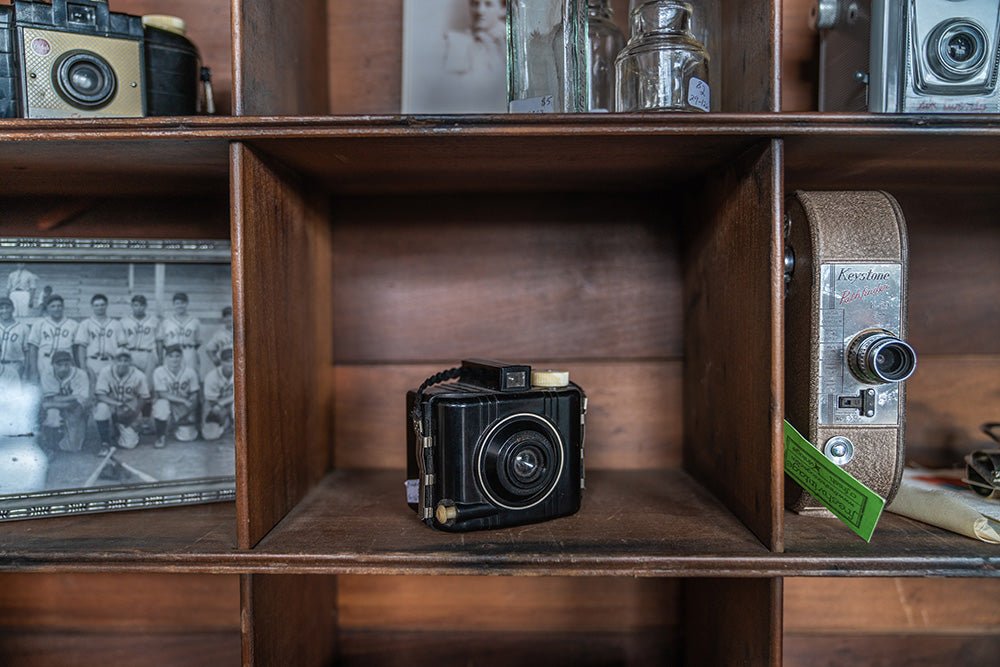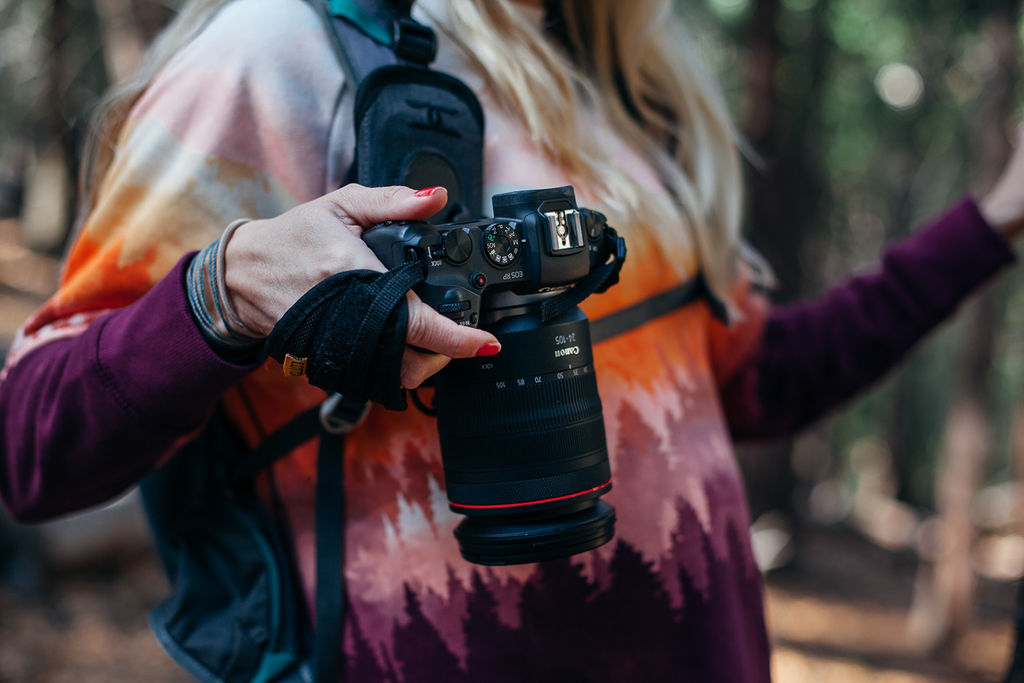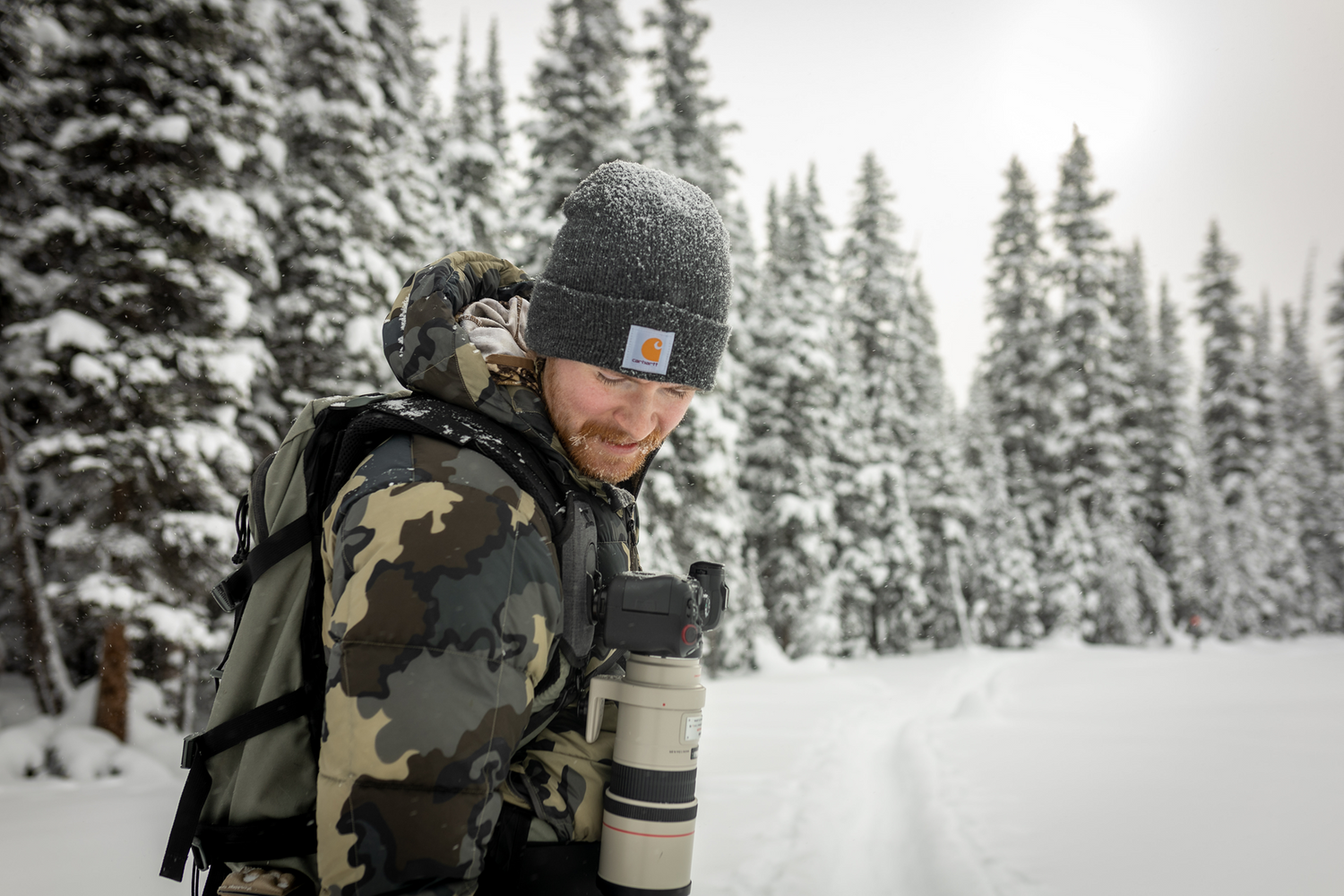When you are just starting out there are always a lot of questions to ask. How many megapixels do I want? Whats affordable and solid? What lens do I get? What did that salesman just tell me?
It can all seem overwhelming very quick, especially when you see the price tag on a new camera.
We have decided to make a quick outline of features, details, and good questions to keep in mind when picking out a new camera. A step into the big leagues.

1. Step one is to pick a subject! Find out what you enjoy photographing. A few options are; creating memories with friends/family, portraiture, wildlife, landscape, or adventure. What inspires you? At Cotton Carrier it's usually landscapes, wildlife, and lifestyle! Keep in mind there are zoom lenses that work for all occasions. But first off knowing what inspires or where you like to spend your time is a great start.

2, You can do a lot with an entry level DSLR or Mirrorless Camera. A few examples are: The Sony A6000, Nikon D7200, Nikon D60 or Canon Rebel. Most brands have an entry level camera. It also seems that someone always has an old camera laying around so asking around because it never hurts. Having about 18-24 megapixels is a good start while getting a taste for your new craft. Quality and low light performance improves with more megapixels. If your just starting out an entry level camera with a lens will take you far. So don't stress to much.

2. So you've pick your subject and camera, now time for the fun part. With the lens. Different lenses is where things get exciting. Fisheyes, 50mm portrait lenses, zooms, telephotos, or prime lenses. Once you have your camera, different lenses are where you get to play! Here's a few example focal lengths for different subjects.
Remember, the lower the "mm" number the wider the photo (e.g. 18mm is wide) and the higher numbers are more zoomed (e.g. 500mm very zoomed)
14mm F4-5.6 - Ultra wide for capturing landscapes and large spaces
50mm F1.8 or 35mm F1.8 - A classic and good bang for your buck lens. Works well for - portraiture (for pets too), creating memories, candid photos and events. It provides a solid mid-close range focal length.
24mm-70mm F3.5-5.6 - Good medium range lens for portraiture, creating memories, events and can be decent for landscapes at 24mm.
70-200mm F4 - Great lens for candid photos, events, and works for closer range wildlife.
28-300mm F5.6+ - Overall very universal lens, good for most subjects but will not work as well at night or in darker conditions.
400mm and higher - Wildlife photography lenses are typically beyond this focal length in order to keep a distance that does not disturb the animal or bird.
TIP for affordable lenses is that larger brands like Nikon, Canon, or Sony will give you more options for lenses at a cheaper price. And you can always rent lenses before you buy them!

3. Learning to use your camera is the next step. Remember your camera settings are important but having a good vision is also key! Be curious, use your unique perspective to show how you see the world.
If you can learn to balance your shutter speed, aperture, and ISO your off to a great start.
Shutter speed is how long your shutter stays open to collect light.
Aperture controls how much is in focus. F11-16 is good for landscapes and F1.8-5.6 is good for portraits.
ISO is your image quality. ISO100-500 is good for daylight and gives you high quality photos! Iso 800-6400+ is good for night but your photos become more grainy.
Here are 3 useful camera modes:
M or Manuel mode - which you are changing ISO, Aperture, and Shutter Speed
A or Aperture Priority - Where you select ISO and Aperture. While your shutter speed is automatically selected by the camera.
S or Shutter Priority - Where you select ISO and Shutter Speed. While your Aperture is automatically selected by the camera.
There is a small light meter in the viewfinder or screen of your camera. It will give you a basis for choosing your settings.

4. Editing your photos - The most common programs are Lightroom or Photoshop. For just photos, especially when you have many, Lightroom works very well. Simple editing and photo management. There are countless tutorials online for these programs regaurding every feature. YouTube is your friend here, and there is lots to play with!
Some people prefer to edit on their phones, which is common nowadays. You can use Lightroom mobile or a Google program called "SnapSeed". Both are great options.

5. Good practices - photography is a wonderful hobby, side job, passion or full time work! There is an incredibly broad variety of subjects to capture and you are lucky enough to delve into any one of them. Don't get stuck comparing your work to others, just have fun with it and you'll see your photos becoming better and better. It can seem a bit daunting at the start but quickly all these numbers and different words will become fluent. Good luck!





